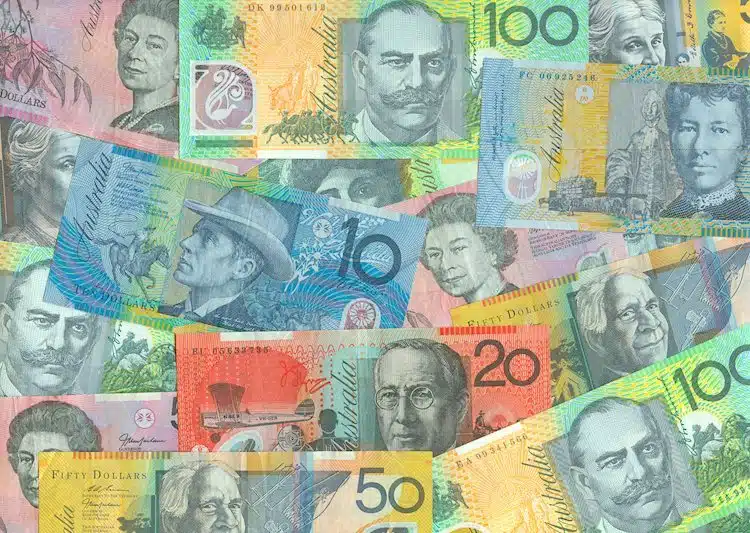Economists at Rabobank believe that the AUD/USD pair is unlikely to rise sustainably until next year. The fall in iron ore prices from their March high, concerns over the pace of growth in China, and easing trade tensions with China could all weigh on the AUD in the months ahead. However, Australia’s good budget and current account positions combined with a still hawkish RBA should provide support for the currency.
The authors of the report suggest that the AUD/USD pair will likely continue to trade within a range around current levels in the coming months before potentially moving back above 0.70 AUD/USD in 2024 as growth regains traction. To better understand the factors impacting the Australian dollar in the short to medium term, it worth examining various global economic developments and conditions.
One major factor determining the performance of the AUD/USD is the global economic outlook. Growth in the United States and other major economies has been picking up after the COVID-19 pandemic disrupted economic activity worldwide. As a result, demand for commodities like iron ore, which is a key export for Australia, has also increased leading to higher prices. This, in turn, bolsters the Australian dollar compared to other currencies such as the US dollar.
However, the recent fall in iron ore prices from their March high may signal a slowdown in this growth trend. This could be due to several factors such as moderating demand from China as it attempts to cool down inflation or the country’s efforts to lower steel production to meet emission reduction goals, which also hit demand for iron ore. A slowdown in growth in China, which is Australia’s leading trading partner, could have negative implications for the AUD.
At the same time, Australia has been enjoying positive domestic economic indicators. The country’s budget and current account positions have both been relatively strong, as has its economic recovery from the pandemic. These factors tend to support a stronger Australian dollar.
The RBA’s (Reserve Bank of Australia) stance on monetary policy has also been relatively hawkish, which usually supports a higher currency value. In other words, if the central bank indicates that interest rate increases are on the horizon, this tends to reinforce expectations of future capital inflows, thus pushing up the value of the currency.
Another crucial factor affecting the AUD/USD pair in the short to medium term is the trade tensions between Australia and China. While these tensions have been easing, any further developments or escalations could impact the Australian dollar in light of the country’s heavy reliance on exports to China. As such, should the trade relationship between the two countries improve, the AUD/USD could see upward price pressures.
Taking all these factors into consideration, the outlook for the AUD/USD remains uncertain over the next few months. While there are reasons to expect a higher AUD/USD ratio, including the relatively strong domestic economic indicators and the possibility of eased trade tensions with China, there are also factors indicating potential downward pressures on the currency, such as the recent decline in iron ore prices and the unspecified state of Chinese economic growth.
That said, Rabobank economists predict that the AUD/USD pair will continue to trade within a range around current levels in the coming months, with the possibility of a move back above the 0.70 AUD/USD level in 2024 as global economic growth regains traction. As always, the evolving international trade landscape and global economic conditions will play an essential role in determining the Australian dollar’s performance in the short and medium term.


